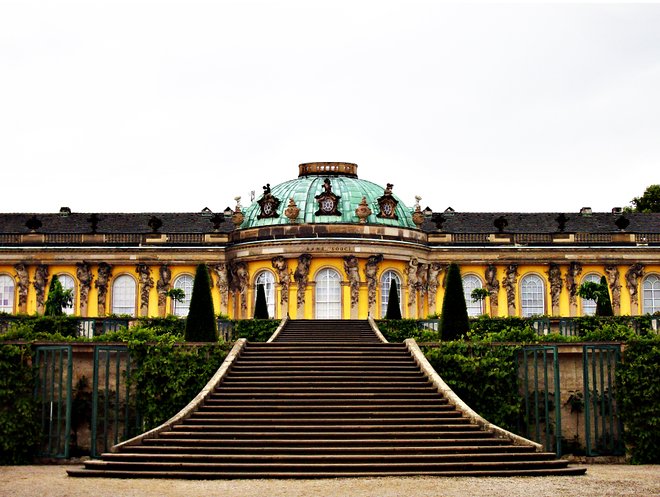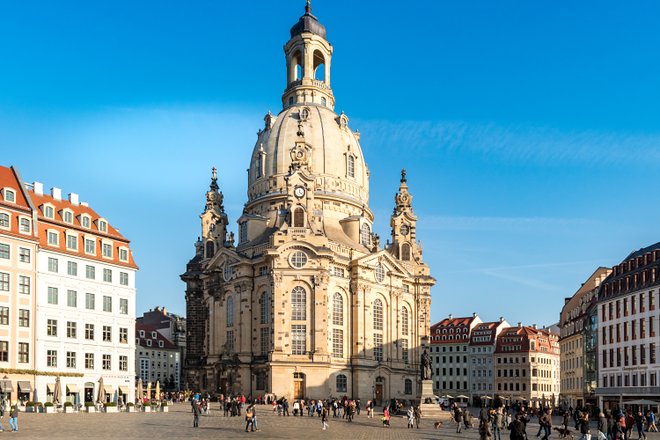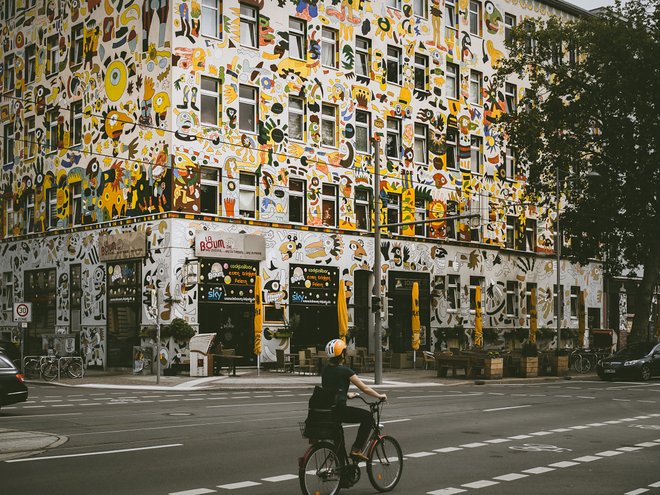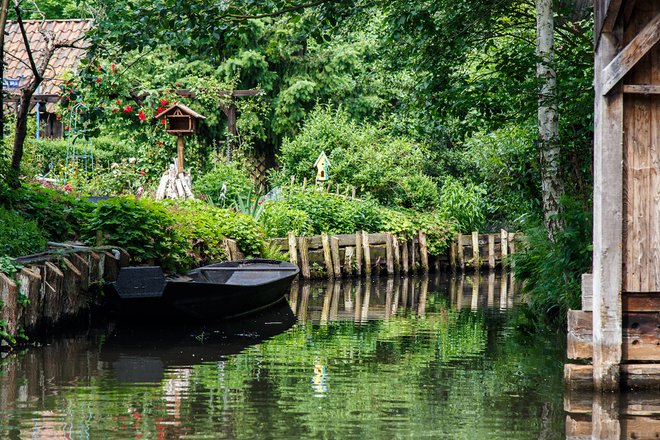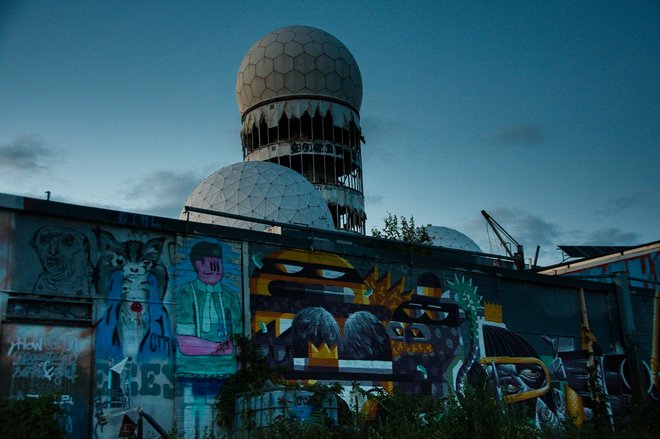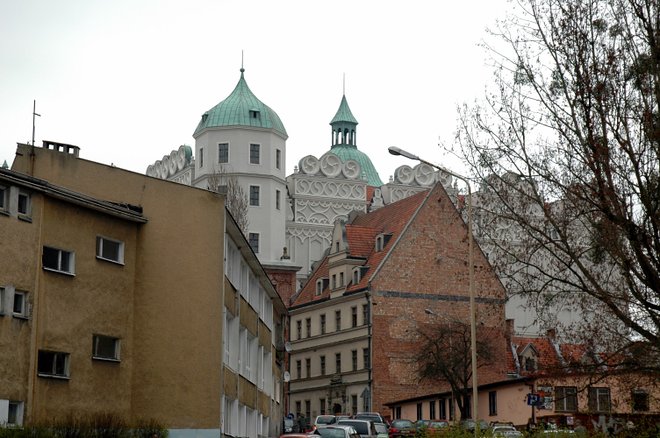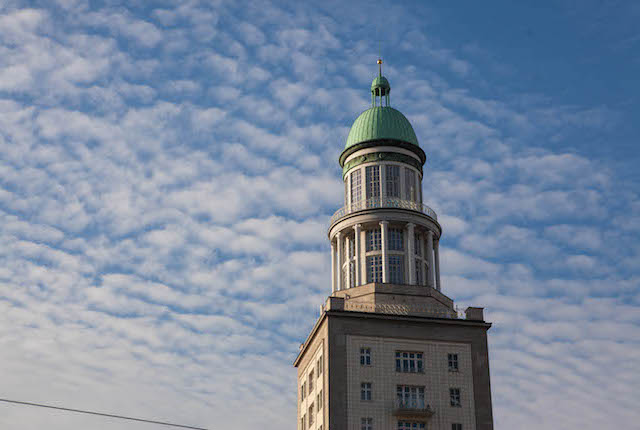
Germany’s capital, Berlin, is popular among international travelers and expats, thanks to its hip atmosphere, complex history, vibrant nightlife, and excellent museums. While visiting the city’s iconic spots (like the East Side Gallery and Brandenburg Gate) and exploring its after-dark scene (particularly Kreuzberg’s edgy bars) are a must, it’s also worth checking out the alluring attractions outside the city limits. Conveniently, Germany’s efficient rail system and the quick Autobahn make leaving Berlin for the countryside and neighboring cities very easy. With that in mind, here are six day-trip destinations to consider while visiting Berlin.
Notice: Undefined offset: 4 in /nas/content/live/stagingstmllc/wp-content/plugins/smartertravel-shared/includes/ads/includes/api.php on line 92
Notice: Undefined offset: 5 in /nas/content/live/stagingstmllc/wp-content/plugins/smartertravel-shared/includes/ads/includes/api.php on line 92
Notice: Undefined offset: 6 in /nas/content/live/stagingstmllc/wp-content/plugins/smartertravel-shared/includes/ads/includes/api.php on line 92
Notice: Undefined offset: 4 in /nas/content/live/stagingstmllc/wp-content/plugins/smartertravel-shared/includes/ads/includes/api.php on line 98
Notice: Undefined index: pass_through_args in /nas/content/live/stagingstmllc/wp-content/plugins/smartertravel-shared/includes/ads/includes/api.php on line 158
Notice: Undefined index: wrapper in /nas/content/live/stagingstmllc/wp-content/plugins/smartertravel-shared/includes/ads/includes/api.php on line 159
Notice: Undefined offset: 4 in /nas/content/live/stagingstmllc/wp-content/plugins/smartertravel-shared/includes/ads/includes/api.php on line 92
Notice: Undefined offset: 5 in /nas/content/live/stagingstmllc/wp-content/plugins/smartertravel-shared/includes/ads/includes/api.php on line 92
Notice: Undefined offset: 6 in /nas/content/live/stagingstmllc/wp-content/plugins/smartertravel-shared/includes/ads/includes/api.php on line 92
Notice: Undefined offset: 4 in /nas/content/live/stagingstmllc/wp-content/plugins/smartertravel-shared/includes/ads/includes/api.php on line 98
Notice: Undefined index: pass_through_args in /nas/content/live/stagingstmllc/wp-content/plugins/smartertravel-shared/includes/ads/includes/api.php on line 158
Notice: Undefined index: wrapper in /nas/content/live/stagingstmllc/wp-content/plugins/smartertravel-shared/includes/ads/includes/api.php on line 159
Notice: Undefined offset: 4 in /nas/content/live/stagingstmllc/wp-content/plugins/smartertravel-shared/includes/ads/includes/api.php on line 92
Notice: Undefined offset: 5 in /nas/content/live/stagingstmllc/wp-content/plugins/smartertravel-shared/includes/ads/includes/api.php on line 92
Notice: Undefined offset: 6 in /nas/content/live/stagingstmllc/wp-content/plugins/smartertravel-shared/includes/ads/includes/api.php on line 92
Notice: Undefined offset: 4 in /nas/content/live/stagingstmllc/wp-content/plugins/smartertravel-shared/includes/ads/includes/api.php on line 98
Notice: Undefined index: pass_through_args in /nas/content/live/stagingstmllc/wp-content/plugins/smartertravel-shared/includes/ads/includes/api.php on line 158
Notice: Undefined index: wrapper in /nas/content/live/stagingstmllc/wp-content/plugins/smartertravel-shared/includes/ads/includes/api.php on line 159
1. Potsdam
This one-time royal residence continues to draw visitors to its grand palaces and gardens. Like many European monarchs and rulers, the Kaiser and Prussian kings sought to create a palatial complex to rival their royal counterparts. Today, many of these sites are open to the public. There are 17 separate palaces — the most notable ones being the Bornstedt Crown Estate and Sanssouci Palace. Sanssouci Park, which includes the palace, is one of four UNESCO World Heritage sites located within Potsdam; the others are the New Garden, Babelsberg Park, and Sacrow Park. You’ll want to prioritize getting to Sanssouci Park early, as there’s plenty to see and a 2,000-person entry limit per day for the palace. Fortunately, the park is immense, so it’s not terribly difficult to break away from the crowds after exploring the rococo palace and its elaborate interior. After exploring Potsdam’s multitude of palaces and parks, head downtown to the Dutch Quarter, where you’ll find hip cafes and bars housed in the distinctly Dutch-inspired red-brick row houses. Located just 20 miles outside of Berlin, Potsdam’s historic offerings and laid-back atmosphere are easily accessed from the German capital.
2. Dresden
Saxony’s capital has rebounded remarkably since its near complete destruction by WWII bombings. Fortunately, the reconstruction effort was spared much of the Soviet-style archetypes popular with Communist regimes, allowing Dresden to be revived to its original beauty. There are plenty of spots in Dresden’s Altstadt (old city) to appreciate the skyline of spires, churches, and towers, though the view from the northern end of the Augustus Bridge is a good start. From here, it’s just a short walk across the Elbe River into Dresden’s historical center. The top architectural attractions include the domed Frauenkirche church, Zwinger Palace, and the Semperoper opera house. The Frauenkirche allows visitors to explore its subterranean ruins as well as climb the tower for a bird’s-eye view of the city, while Zwinger Palace offers ornate gardens and an art collection. And the Semperoper continues to hold world-class concerts and ballets inside its eclectically styled structure.
Dresden offers far more than historical attractions, though. North of the Elbe River, the Neustadt (new city) embodies the city’s contemporary and alternative cultural scenes, as it’s home to a large student population. Neustadt features scores of cozy bistros and funky bars, and the summer months welcome bustling open-air cafes and beer gardens. Dresden is a mere two-hour journey from Berlin, making it a doable day trip or stopover on the way south to Prague, Czech Republic.
3. Leipzig
Though Leipzig suffered consecutively from WWII and socialist rule, the city exudes a picturesque quality, and its long history as a cultural center is alive and well today. Berlin’s gentrification has prompted artists and creative types to migrate south to Leipzig. Despite Berlin’s reputation as a cultural center, Leipzig has been producing some of Germany’s most creative minds for centuries. Bach, Goethe, and Mendelssohn spent much of their careers here — there’s even a museum dedicated to showcasing Bach’s life and music. Other historical landmarks and museums showcasing Leipzig’s history include the German Photography Museum, Museum of the Printing Arts, and the eerie Monument to the Battle of the Nations. The latter, which commemorates the defeat of Napoleon by Prussia and its allied forces, features a magnificently carved 300-foot tower that delivers superb views of the city. Leipzig’s historic center doesn’t get as much attention as other German cities, but it’s certainly worth checking out for the Renaissance-style Old Town Hall and Germany’s oldest coffee shop, Zum Arabischen Coffe Baum.
Leipzig’s contemporary art and cultural scene merits exploration as well. Leipzig’s counterpart to Berlin’s East Side Gallery is the Mural of the Peaceful Revolution, located on part of the Marriott hotel. This colorful mural marks the 20th anniversary of the peaceful resistance that took place in Leipzig years before the fall of the Berlin Wall. These lesser-known protests played a key role in toppling the Communist regime. There are numerous other murals throughout the Mitte district, where much of the protests took shape near St. Nicholas Church. Other modern works can be found at the Gallery for Contemporary Art and Spinnerei (the latter is a factory-turned-artist compound).
The train ride from Berlin to Leipzig is a mere one-and-a-half hours, making it a doable day trip as well. However, if possible, it’s worth spending a few days to leisurely explore Leipzig’s historic sites and gritty charm.
4. Spreewald
Sometimes referred to as the “Germany’s Venice,” Spreewald’s natural setting stands in stark contrast to the bustling Italian port city. Spreewald translates to Spree forest — a fitting name, given that Spree River branches out into hundreds of narrow waterways, meandering through the low-lying wooded landscape. The entire area is protected as a UNESCO Biosphere Reserve, though there are a few towns and rural farmhouses in the area. Many of the residents in Spreewald are Sorbs — a minority group in Germany. The Sorbs retain their own language and cultural traditions, and their beautiful farmhouses can be seen along the waterways. You can explore these waterways with guided tours in traditional barges or rent a canoe or kayak to go at your own pace. Smaller boats will be able to penetrate deeper into Spreewald’s labyrinth of waterways. There are also plenty of cycling and hiking trails in the area.
To reach Spreewald, most people take the train to the charming towns of Lübben or Lübbenau. Here, you’ll find plenty of quaint accommodations and cafes. A quieter option is Burg, where you can relax after a day of activity in the Spreewald thermal baths. The Spreewald region is just an hour south of Berlin, making it a popular weekend getaway for locals seeking respite from city life.
5. Grunewald
Grunewald technically lies within a borough of Berlin, but this stretch of forest feels like an escape from the city (even though it’s reachable by public transport). Grunewald is located to the west of the city and borders the Havel River. Besides providing much-needed greenery and forested surroundings to Berliners, Grunewald is home to a handful of historical and cultural attractions. One such site — Teufelsberg (Devil’s Mountain) — consists of a large hill created out of the city’s post-WII wreckage. An NSA-sponsored listening station was built upon the hilltop in the early 1950s and produced lots of odd tales and conspiracy theories during its operation until 1989. Today, the site’s decaying and graffiti-marked structure exudes a post-apocalyptic aesthetic that’s popular with locals and visitors. Plus, there’s superb view from the giant domed towers. Guided tours provide in-depth historical context, but it’s not uncommon for people to sneak in and explore on their own. While out in this section of Berlin, consider checking out the Haus am Waldsee. This English-style country house operates as a contemporary art gallery. Here, you’ll find works by Berlin’s leading contemporary artists, a sculpture garden, and international exhibitions.
6. Szczecin, Poland
Though many people don’t take advantage of Berlin’s proximity to Poland, a day trip to the port city of Szczecin (sometimes referred to as Stettin) is certainly doable from the east German city. Szczecin’s old town is still undergoing construction, though it possesses sections of charming cobblestone lanes and an eclectic mix of architectural styles. Szczecin has passed between Polish, Danish, Roman, Swedish, and German rule — and that’s the very short version of this city’s complex history. The city has experienced multiple rebuilding phases — notably following WWII bombings — but the surviving pieces and reconstruction efforts demonstrate the diverse influences in Szczecin. The historic center houses many of the main attractions, such as the Pomeranian Ducal Castle. The Gothic castle was reconstructed after WWII, but the neighboring Tower of Seven Mantles has survived since its operation as a gate to the medieval city in the 13th century. While in the old town, head to the Historical Museum of Szczecin, housed in the historic town hall. Szczecin’s contemporary happenings are on display in Waly Chrobrego, one of the city’s liveliest neighborhoods. Rows of cafes line the promenade overlooking the Oder River. Szczecin can be reached in two hours by train from Berlin. It also makes for a convenient stopover between Berlin and the underrated Polish city of Gdańsk.
You’ll Also Like:
- 5 Reasons Why You Should Travel to Berlin This Year
- 6 Hip Neighborhoods in Europe That Need to Be on Your Radar
- Where to Travel in Europe in Your 20s, 30s, 40s, and 50s
All products are independently selected by our writers and editors. If you buy something through our links, Oyster may earn an affiliate commission.
